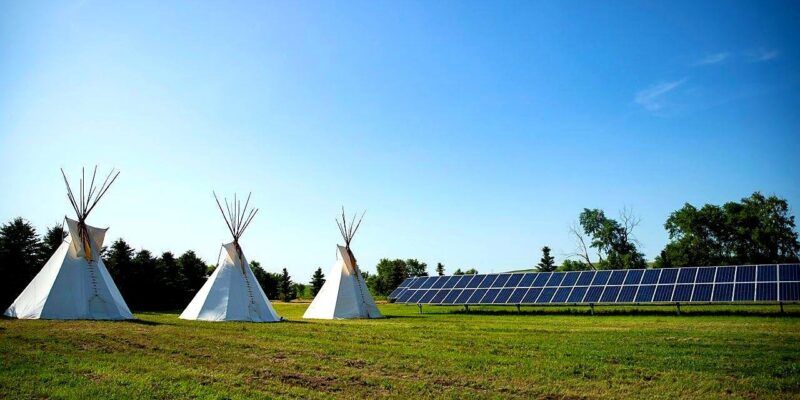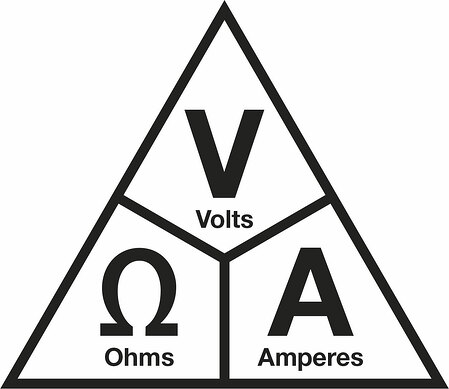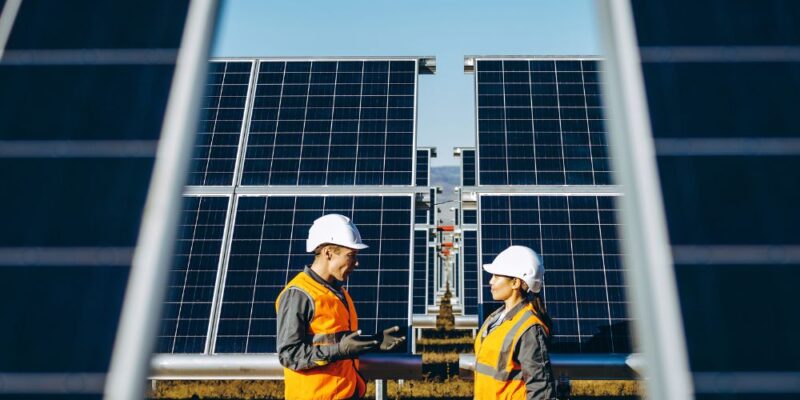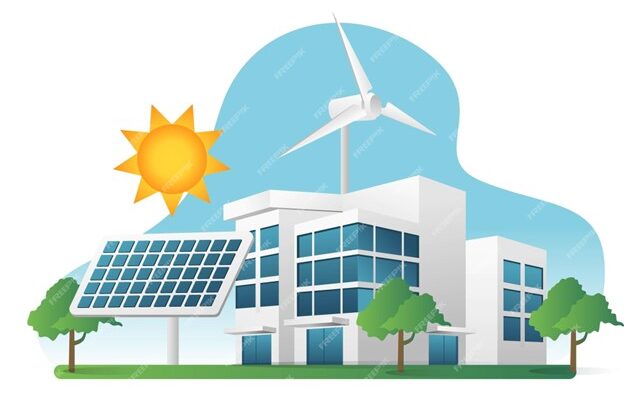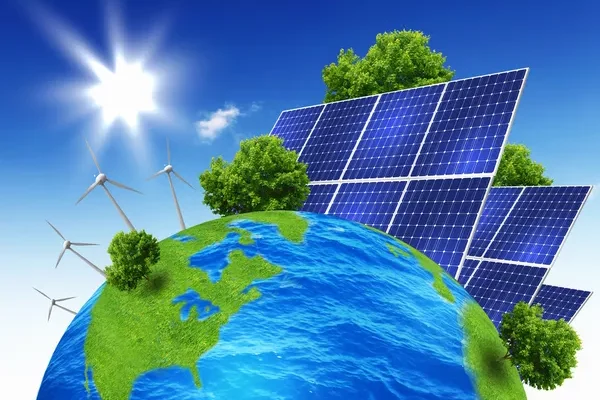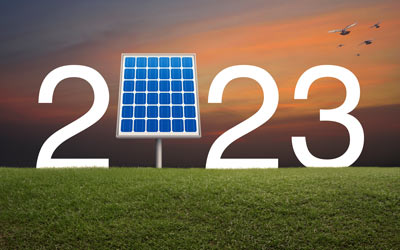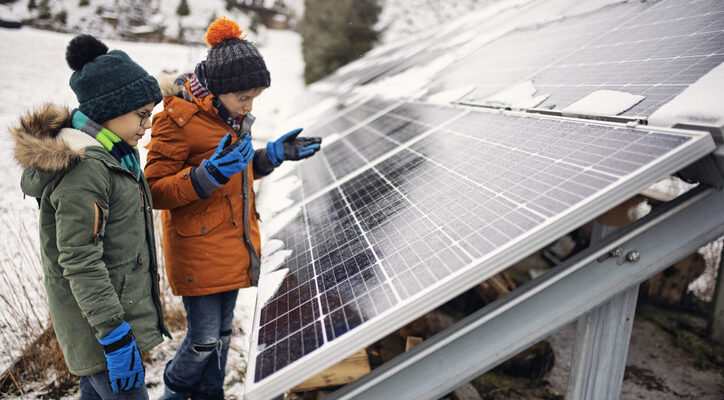In recent years, the global shift towards renewable energy has gained momentum, with solar power emerging as a frontrunner in the quest for sustainability. While many communities are embracing solar technology, there’s one group that’s been quietly leading the charge: Native American tribes across the United States. In a powerful display of innovation, stewardship, and self-determination, several Native American communities have embarked on the journey of building their own solar farms, not only to harness clean energy but also to create economic opportunities and uphold their cultural values.
Historically, Native American tribes have long held a deep reverence for the land and its resources, viewing themselves as stewards rather than owners. This inherent respect for the environment has fueled their commitment to renewable energy initiatives, including solar power. By harnessing the abundant energy of the sun, these communities are not only reducing their carbon footprint but also honoring their cultural heritage and ancestral connection to the land.
One such example is the Moapa Band of Paiutes in Nevada, who made headlines with the construction of the Moapa Southern Paiute Solar Project. Situated on tribal land, this expansive solar farm generates clean energy to power thousands of homes while providing economic opportunities for tribal members. More than just a source of electricity, the project represents a triumph of self-sufficiency and resilience for the Moapa Paiutes, who have long battled the environmental and health impacts of nearby coal-fired power plants.
Similarly, the Campo Kumeyaay Nation in California has embraced solar energy as a means of economic empowerment and environmental stewardship. Through initiatives like the Campo Indian Land Solar Project, the tribe has leveraged its natural resources to create jobs, generate revenue, and reduce reliance on fossil fuels. In doing so, they’re not only contributing to the fight against climate change but also reclaiming control over their energy future.
What sets these Native American-led solar farm initiatives apart is their holistic approach, which goes beyond mere energy production to encompass community development, cultural preservation, and environmental justice. By taking ownership of renewable energy projects on their lands, tribes are reclaiming sovereignty and asserting their right to self-determination in the face of centuries of marginalization and exploitation.
Moreover, these initiatives serve as powerful examples of how renewable energy can be a catalyst for social and economic change, particularly in underserved and marginalized communities. By investing in solar power, Native American tribes are not only reducing energy costs and creating jobs but also empowering future generations with the knowledge and skills to thrive in a rapidly evolving world.
As the world grapples with the urgent need to transition to a more sustainable energy future, the leadership shown by Native American tribes in building their own solar farms serves as a beacon of hope and inspiration. By harnessing the power of the sun, these communities are not only lighting the way towards a cleaner, brighter future but also reclaiming their rightful place as stewards of the land. It’s a powerful reminder that when we work in harmony with nature and each other, the possibilities are as boundless as the sun itself.

